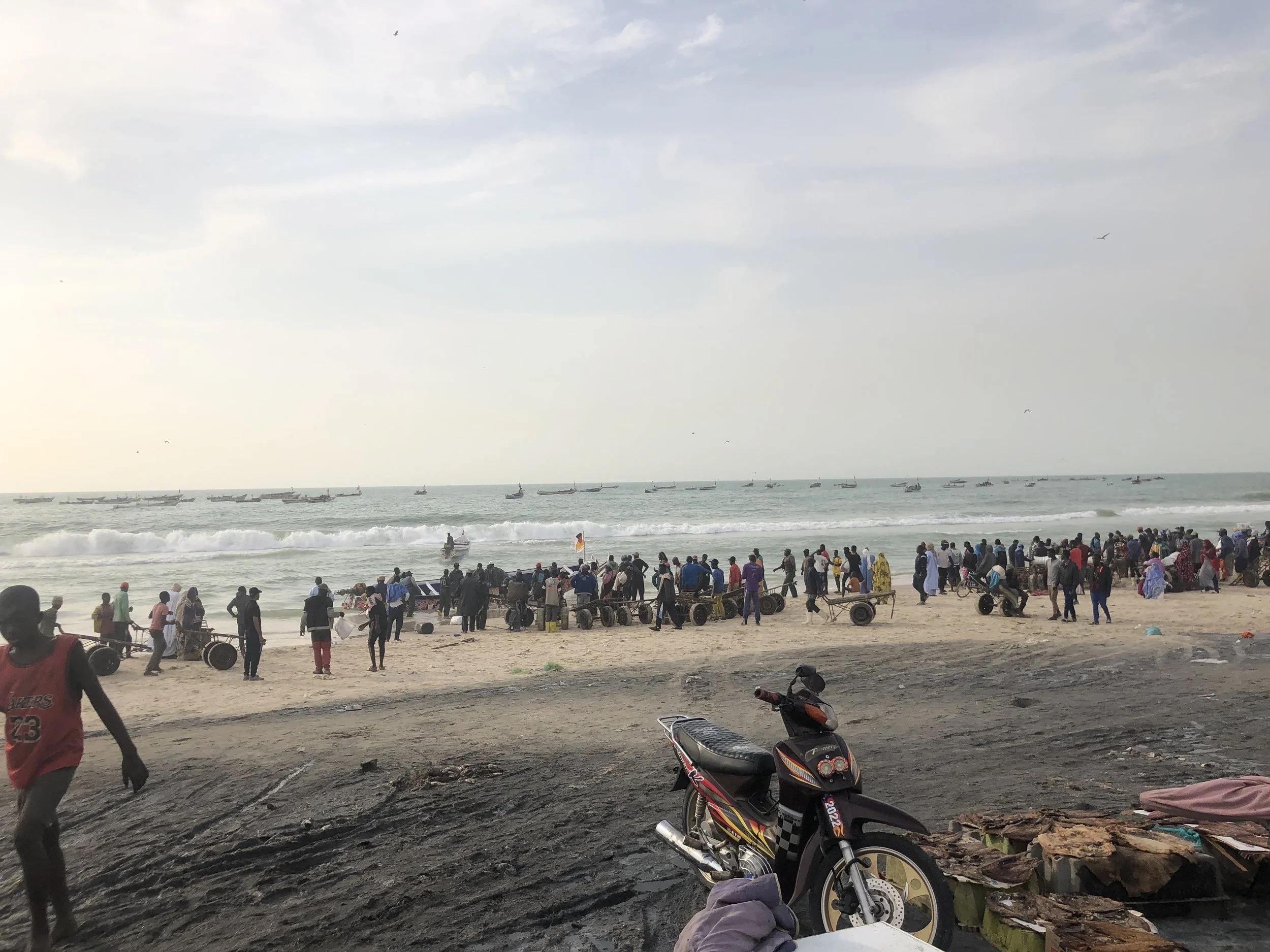When we got up to make our way to the Mauritanian border, it was still dark. We saw the sun go up on the road – are rare sight for us. Firstly because we take the advice to not ride in the dark. Secondly because we like to sleep in and enjoy a good breakfast.
At the border we met Ali, who lives just down the road from us in Kreuzberg and imports cars to Senegal – so he drives a car down this route every two or three weeks. And we met the French riders again, who were ahead of us in the queues – but all in all their fixer, who took their paperwork to the officials and talked to them on their behalf, didn’t seem to speed things up. To the contrary, actually. Overall, the border crossing was quite chilled. The nightmares we read about this crossing – we couldn’t really relate to it. We fought off the only attempt of an officer to personally gain from our crossing by asking “Vous avez un petit cadeau pour moi?” by pretending to not understand and that was it.
And then, we were in Mauritania. And to us, that sounds like being veeery far away.
First photo after making it past the Mauritanian barrier.
After buying the obligatory insurance and a soft drink at the border, we we’re off towards Nouadhibou, Mauritania’s 2nd biggest city.
It was a short ride to the city but we were happy to arrive in Nouadhibou. Our navigation system added a little adventure by avoiding the paved road and having us cross a (very shallow) river in the city. The kids who were playing there were a bit surprised, so were we. But then we reached our destination called Villa Maguela, something between hostel, hotel and oasis.
We were lucky to get to stay in the spacious tent.
After having done a lot of riding in Western Sahara, we rested for a day. To our luck, our hosts Tish and Victor had the purified water we’d been looking for for our bikes’ cooling systems – and they even had a SIM card, which seems to be harder to get in Mauritania than in other places. The home cooked food was delicious and the two were being perfect hosts. Tish asked us to write a bad review though because they have more business than they can handle. So here you go: horrible place, horrible people. If you’re in the area, don’t stay there.
Villa Maguela is a bit a of a hub for travelers in the region, especially for those who want to take the famous Iron Ore Train – with a length of up to 3 kilometers the world’s longest train. You can ride it for free if you just jump into one of the carriages.
First opportunity to sport the track suit acquired in Ad Dakhla.
And after our rest day – in which we admired lots and lots of old Mercedes again, almost every 2nd car in Nouadhibou seems to be a Benz from the 90ies living its seventh life, with a smoothly running engine and everything else completely falling apart – we hit the road again. Away from the coast, back to the desert.
The 470 kilometers to Mauritania’s capital Nouakchott were a little boring to be honest. After a few hundred kilometers, the landscape change a little, got a little greener – the little more vegetation we saw was much appreciated.
Without having planned it we ended up in a quartier called Las Palmas, where lots of embassies are. It is considerably richer than most other neighborhoods, yet it didn’t feel rich. But it’s all a matter of perspective.
Close to our hostel, we were surprised to find that German football apparently still has a good name in some parts of the world.
The hostel we stayed at in Nouakchott is not worth mentioning, but one rider of this two-man riding group may or may not have fallen in love with the dog who lives there. We had to leave him there though.
The next day we wanted to visit the National Museum (something we’ve come to enjoy in Georgia and Azerbaijan, for instance) but it was closed, so we went to the camel market instead. There were a lot of camels. Here’s proof:
Some other animals, too.
And more camels.
And a telecom company. And a barber shop and a street kitchen. Everything you need to do business.
While the camel market was fun to see, we were truly impressed by Nouakchott’s fish market. It’s directly at the beach – and there’s boats as far as you can see.
When the boats come in in the afternoon, the fish is unloaded and sold in the auction halls. Mauritania is a major fish exporter.
The next morning we headed south towards the Senegalese border.
Our route led through the Diawlang National Park. The last 40 kilometers to the border are a dirt road, so we lowered the tire pressure a bit to get more grip.
And the landscape was fantastic.
We saw a lot of pelicans, in the air and in the water.
We also saw a family of boars, something we had been warned about by signs throughout the whole park. There was also a sign informing us about the proximity of crocodiles, but we only encountered the donkeys. Donkeys have been a frequent sight since we landed in Morocco, and sadly a lot of them are beaten badly by their owners as we’ve witnessed time after time. These two had the feet tied up to not get away.
And after a pretty easy border crossing – everyone had told us not to use the Rosso crossing but Diama instead – we rode the short way to Saint-Louis, a city in Senegal’s north with a city centre made of colonial buildings. Its relaxed, slightly morbid charm drew us in instantly.
As we rode into the city, street vendors were selling jerseys of the Senegalese National Team who won the the last African Cup of Nations. Everyone seems to very excited to find out if Senegal will defend the title – us included. And were also excited to see what Senegal is like.
Editor’s note: Way more pictures of animals than motorcycles in this post. We sincerely apologize and promise to do better in the future.









































